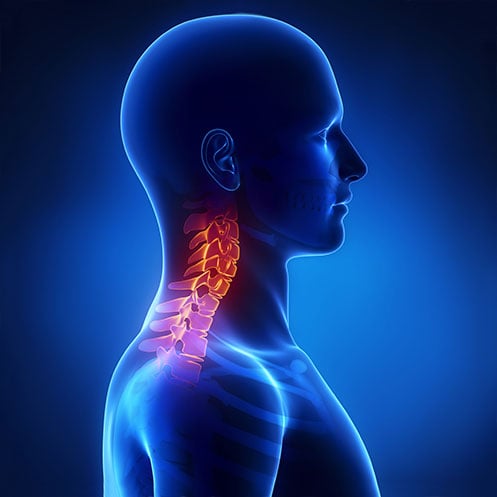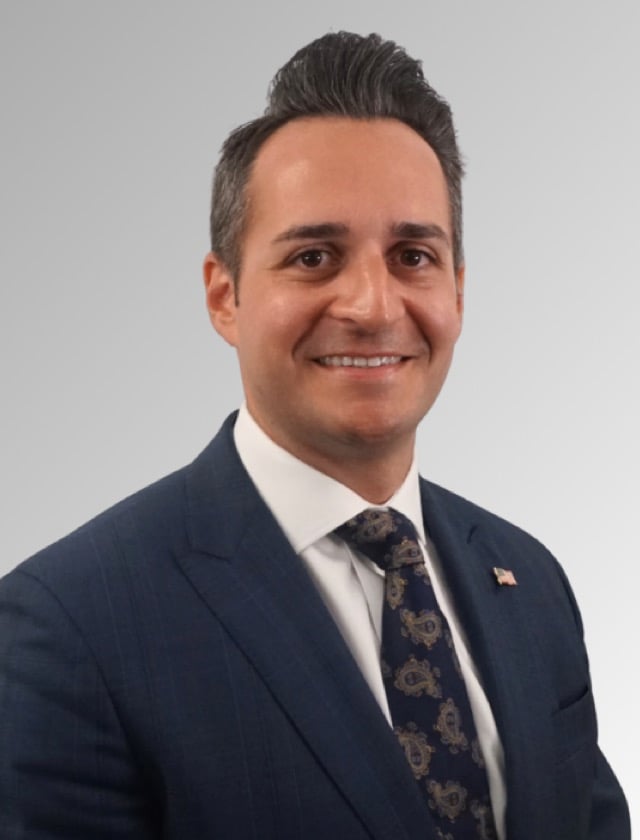- Oblique muscle strains: Tears in the internal or external oblique abdominal muscles
- Adductor muscle strains: Tears in the groin/inner thigh adductor muscles
- Core muscle tears: Ruptures of the rectus abdominis or pyramidalis muscles

Understanding Sports Hernias
A sports hernia, also called athletic pubalgia or core muscle injury, is a strain or tear of the soft tissue or muscles of the lower abdomen. Core muscle injuries can cause significant groin pain and weakness in the muscles, resulting in possible surgery and extended recovery time before being able to return to normal activity. If a core muscle injury goes untreated, it can lead to chronic pain and increased susceptibility to further injury.

What Is a Sports Hernia or Core Muscle Injury?
Diagnosing Sports Hernias or Core Muscle Injuries
Our physicians use a combination of modalities to diagnose core muscle injuries, including a detailed history, physical examination, and imaging like MRI, ultrasound, or CT scan. We will ask questions about the onset and nature of the pain and what movements or actions exacerbate the symptoms. Physical exams help identify any structural abnormalities indicative of muscle tears. Resistive adduction maneuvers, where the patient pushes inward against resistance to recreate their pain, help confirm strained adductors. Imaging is also often used to rule out bone fractures or alternative pathology. MRI can identify strained muscles or torn rectus abdominis/adductors but is not always conclusive, sometimes leading to exploratory laparoscopy for a definitive diagnosis.
Identifying the location and degree of the core muscle injury guides appropriate treatment, which can range from conservative rehab to surgical repair.
Treatment Options
Non-Surgical:
- Rest/restricted activity to allow torn tissue to heal
- Ice packs and NSAIDs to reduce pain and inflammation
- Physical therapy focused on core strengthening and hip stability
- Gentle stretching and massages for muscular tightness/spasms
- Use of groin straps or braces to provide compression/support
Surgical:
- Reinforcement of strained/weakened areas with absorbable mesh
- Bone anchoring to repair muscles that have been torn off the bone
- Tenotomy/release procedures to relieve tension/disconnect torn ends
- Post-surgical structured rehabilitation program focusing on range of motion and gradual strength building
What to Expect
Before Treatment
If you suspect you have a core muscle injury, the first step is to consult with a healthcare professional, typically a sports medicine specialist or surgeon specializing in hernia repair. Your doctor will conduct a thorough physical examination and may order imaging tests such as an MRI or ultrasound to confirm the diagnosis. During this phase, it is crucial to communicate any symptoms or concerns you have to ensure an accurate diagnosis and appropriate treatment plan.
During Treatment
The treatment approach for a core muscle injury can vary depending on the severity of the injury and the individual's lifestyle and activity level. Non-surgical options may include rest, physical therapy, and targeted exercises to strengthen the surrounding muscles and improve core stability. If conservative measures fail to provide relief or if the hernia is causing significant pain and functional limitations, surgical intervention may be recommended. Core muscle injury surgery typically involves repairing the torn tissues and reinforcing the weakened area with sutures or absorbable mesh to stabilize the abdominal wall. Your surgeon will discuss the specifics of the procedure, including anesthesia options, expected recovery time, and potential risks and complications, to help you make an informed decision.
After Treatment
Recovery from core muscle injury, whether surgical or non-surgical, requires patience and dedication throughout the rehabilitation process. Following surgery, it is recommended to rest for six weeks. You may experience some discomfort, swelling, and limited mobility during this time. Your healthcare team will provide detailed instructions on post-operative care, including wound care, pain management strategies, and gradual return to activity guidelines. A six-week physical therapy program will play a crucial role in restoring strength, flexibility, and function to the affected area, helping to prevent recurrence and optimize long-term outcomes. It is essential to follow your doctor's recommendations closely and communicate any concerns or setbacks during this time to ensure the best possible recovery.
Risks & Side Effects
- Infection at the surgical site
- Excessive bleeding
- Nerve injury resulting in permanent nerve damage
- Chronic pain in the groin area
- Hernia recurrence
- Scar tissue formation
- Blood clots
- Adverse reactions to anesthesia, including allergic reactions and respiratory issues
Our Doctors
Get to know the doctors and surgeons at The Institute for Advanced Reconstruction, who are highly skilled and experienced in diagnosing and treating core muscle injury.
Insurance Information
If we are not an in-network provider, our friendly insurance specialists will help you find the most coverage available for your treatment.
- Horizon Blue Cross Blue Shield of New Jersey
- Medicare
- Railroad Medicare
- Aetna
- Cigna
- United Healthcare
- Oxford (Freedom, Liberty)
- MagnaCare
Am I a Candidate?
Candidates for core muscle injury surgery typically include individuals who have persistent groin pain. If you are experiencing chronic groin pain or suspect you may have a core muscle injury, seeking evaluation by a specialist at The Institute for Advanced Reconstruction is recommended. Our team of experts can provide comprehensive evaluation and treatment options tailored to your specific needs, helping you get back to the activities you love with confidence. Schedule a consultation today to begin your journey toward relief and recovery.

-1.jpeg)

